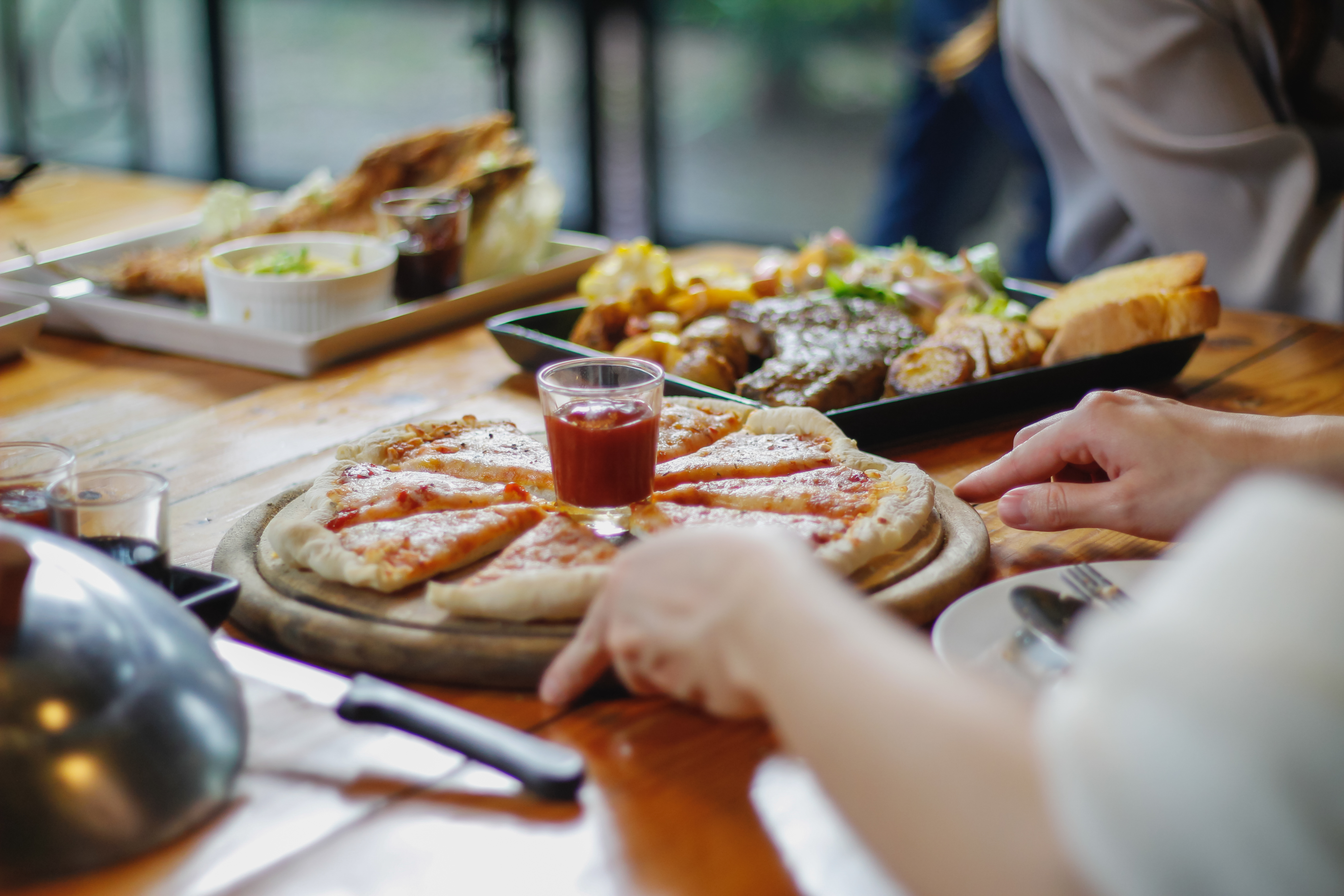How to Set Up and Manage Your Restaurant/Cafe Website with Shopify
How to Set Up and Manage Your Restaurant/Cafe Website with Shopify

Creating a polished and functional online presence for a restaurant or cafe is crucial in today’s competitive market. Shopify offers an excellent platform to build and manage your restaurant website with integrated features for menus, multiple locations, and table reservations. This blog will guide you through setting up your site on Shopify, managing multiple locations and menus, and choosing the right table reservation app—including an in-depth comparison of Shopify apps like BiteMe In Restaurant Booking versus external solutions like OpenTable.
Setting Up Your Restaurant Website on Shopify
Shopify makes it easy to build an online restaurant store that aligns perfectly with your brand. Here’s how to start:
Choose a Restaurant-Specific Theme: Shopify themes designed for restaurants help create an inviting digital experience that matches your physical venue’s brand identity. You can find free and paid themes that fit any style. The goal is consistency across your brick-and-mortar and e-commerce channels.[1][2]
Build Your Pages: Use a Shopify page builder like GemPages to effortlessly create attractive pages such as Home, Menu, About, Contact, and Delivery Information. Adding digital business cards with your contact details and promotions can also enhance customer engagement.[1]
Add Menu Items as Products: Each dish or menu item is added as a product with compelling descriptions and high-quality images. Shopify POS can sync inventory if you operate a physical location.[3][1]
Set Up Payment and Delivery Options: Shopify supports over 100 payment gateways and flexible shipping setups. You can offer delivery, pickup, or even dine-in options integrated into your site.[1]
Managing Multiple Restaurant Locations on Shopify

Handling multiple restaurant or cafe locations in one Shopify store is straightforward and can save time while improving operational efficiency:
Add Multiple Locations: Shopify’s admin lets you add each location with unique details under Settings > Locations. You can enable online order fulfillment per location, such as pickup availability.[4]
Assign Inventory Per Location: Inventory can be individually assigned and managed per location, helping maintain accurate stock levels across all outlets.[5][4]
Streamline Operations: Shopify facilitates centralized order and inventory management, simplifying administrative tasks and reducing errors while allowing location-specific promotions, staffing, and marketing.[5]
Handling Restaurant Menus on Shopify
Menu management is critical for an optimal customer experience:
Shopify Restaurant Menu Apps: Apps like ServeUp and MenuSync help you create dynamic, customizable menus that reflect your brand and update in real-time. These apps support multiple layouts, labels for special dishes (e.g., vegan, gluten-free), and seamless mobile browsing.[6][7][8]
Synchronization: MenuSync can integrate your internal system to keep your online menu always accurate, avoiding manual updates and errors.[6]
Table Reservation Apps: Shopify (BiteMe In) vs External Apps (OpenTable)

BiteMe In Restaurant Booking (Shopify App)
- Integrated fully within the Shopify admin with a single dashboard.
- Supports managing multiple locations (up to 5 locations on Pro plan) with unique settings per location.
- Real-time table availability, smart reminders to reduce no-shows, and automated confirmation emails.
- Pricing tiers from a free plan allowing up to 15 reservations per month to a pro plan with unlimited reservations and advanced features.
- Works seamlessly with the latest Shopify themes and POS.[9][10]
External Apps like OpenTable
- Often offer broader and more advanced features including extensive customer data, loyalty programs, marketing tools, and large network exposure.
- Typically more expensive due to subscription fees, commissions, or both.
- Not integrated directly within Shopify, requiring manual syncing or additional software bridges.
- May provide deeply specialized functionality but at the cost of losing the seamless Shopify unified platform experience.
Comparison
| Feature | BiteMe In (Shopify App) | OpenTable (External App) |
|---|---|---|
| Integration with Shopify | Native integration within Shopify admin | External, separate platform |
| Multi-location management | Supports up to 5 locations from one dashboard (Pro plan) | Supports multiple locations but separately |
| Pricing | Free tier + affordable paid plans | Higher cost with commissions and fees |
| Ease of use | Easy, one dashboard, automatic syncing | Separate accounts, manual or semi-automatic sync |
| Features | Table booking, reminders, real-time availability | Extensive marketing, loyalty, and analytics |
| Customer network | Limited to restaurant’s exposure | Large network, discovery benefits |
Choosing between the two depends on whether seamless Shopify integration or more extensive external features suit your business better.[11][9]
Conclusion
Shopify is an excellent platform for restaurants and cafes looking to establish a cohesive online presence with easy management of multiple locations, menus, and reservation systems. Using apps like BiteMe In offers a cost-effective, integrated approach to table bookings, ideal for Shopify users wanting to keep everything under one roof. For those requiring advanced marketing and customer engagement features, external apps like OpenTable might be worth the investment despite higher costs and reduced integration.
With Shopify’s powerful tools and appropriate apps, restaurant owners can efficiently manage their digital operations while delivering a great customer experience both online and offline.
This article is based on recent data and app reviews gathered in 2025 to ensure current relevance and practical insights for restaurateurs using Shopify.[4][9][11][6][1]